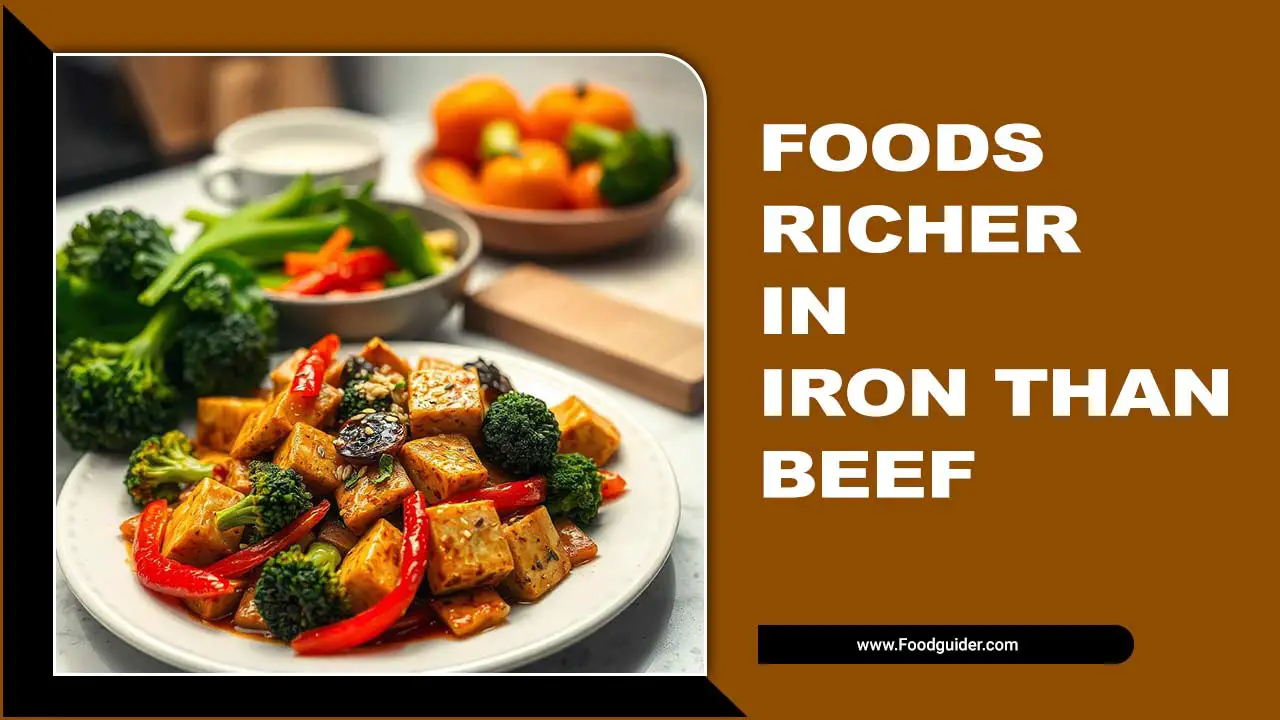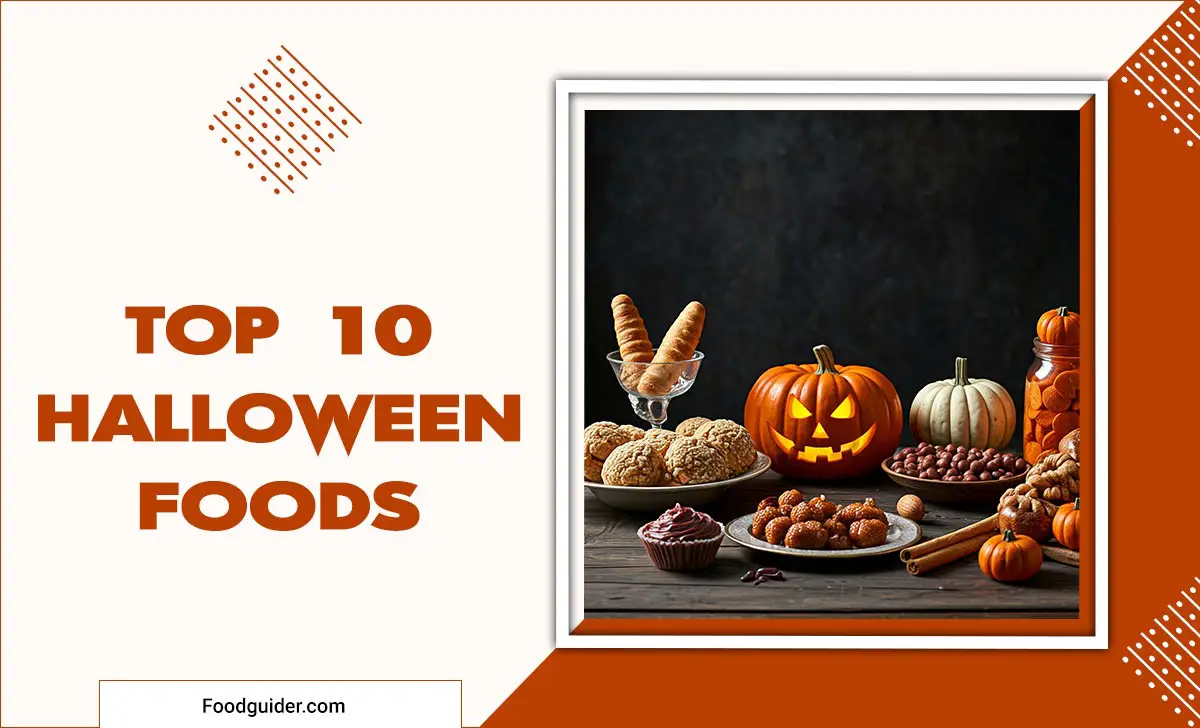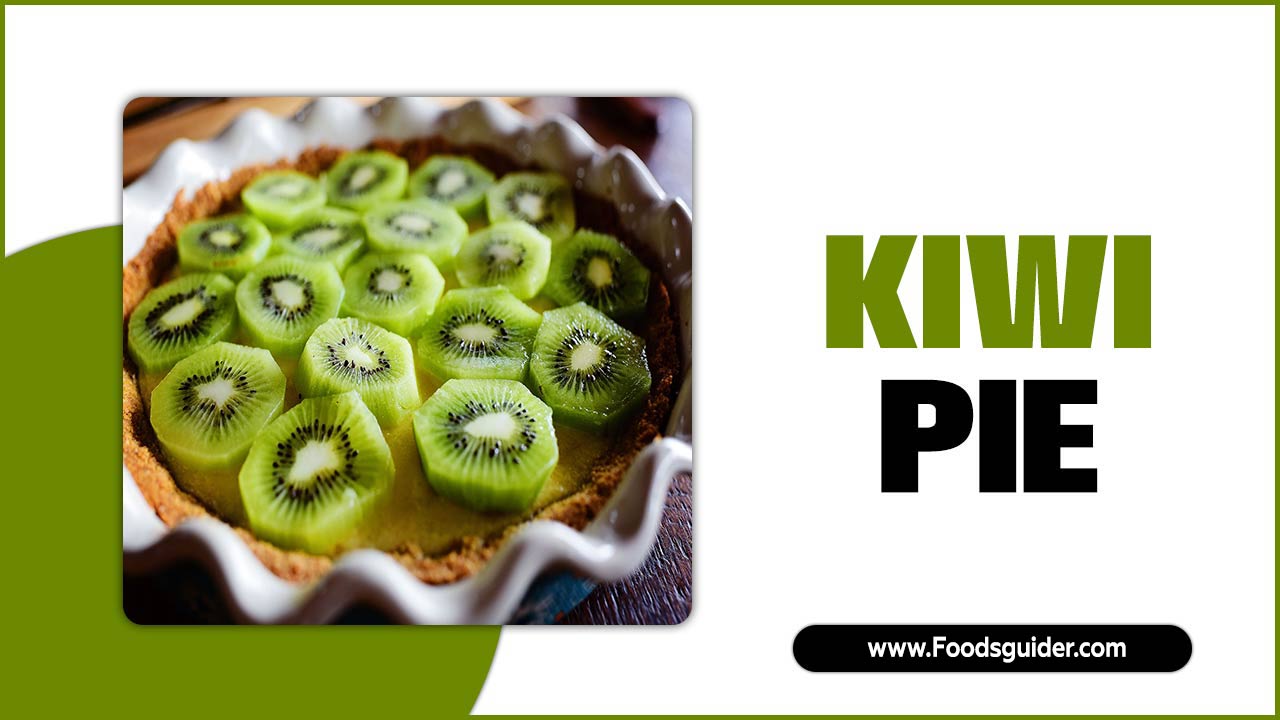Quick Summary: Master internal linking for your food blog to boost SEO, enhance user experience, and keep readers engaged. This guide offers genius, beginner-friendly strategies to connect your delicious content seamlessly, leading to more traffic and satisfied visitors.
Hey there, fellow food lovers and kitchen adventurers! Are you pouring your heart and soul into your food blog, crafting amazing recipes and sharing your culinary passion, only to feel like your amazing content is a bit… disconnected? It’s like having a pantry full of incredible ingredients but no clear system to bring them together in a spectacular meal. That’s precisely what can happen with your blog posts if they aren’t talking to each other! Many bloggers struggle with how to guide their readers from one mouth-watering post to another, leading to visitors clicking away too soon. But don’t worry, I’m here to show you how to weave your content together like perfectly seasoned pasta. We’ll unlock simple, effective ways to link your posts internally, making your food blog a joy to explore and a magnet for more readers. Get ready to transform your site into a culinary journey!
What is Internal Linking and Why It Matters for Food Blogs
Internal linking is essentially creating a roadmap within your food blog. It means simply linking from one page or post on your website to another relevant page or post on the same website. Think of it like this: when you mention your amazing “5-Ingredient Weeknight Pasta” recipe in a post about “Quick Italian Dinners,” you add a clickable link directly to the pasta recipe. Easy, right?
But why is this so important, especially for food blogs? There are a few big reasons:
Boosts Search Engine Optimization (SEO)
Search engines like Google love it when your website is well-organized and when pages are closely related. Internal links help search engine bots understand the structure of your site and identify which pages are most important. When you link from a strong, established post to a newer one, you’re essentially giving that newer post a little vote of confidence, helping it rank better in search results. This means more people can discover your delicious recipes!
Improves User Experience
For your readers, internal links are like friendly suggestions. If someone is reading your post about “The Best Grilled Chicken Marinades,” and you link to your “Summer BBQ Side Dishes” collection, you’re making it super easy for them to find more content they might enjoy. This keeps them on your site longer, exploring more of your culinary creations, and less likely to get lost or bored.
Increases Pageviews and Time on Site
The more relevant links readers click, the more pages they’ll visit, and the longer they’ll stay on your blog. This is fantastic for your blog’s overall performance and can lead to more ad revenue or more opportunities for readers to sign up for your newsletter. It’s a win-win!
Establishes Authority and Topical Relevance
By linking related content together, you’re showing search engines (and readers!) that you’re an expert on a particular topic. For example, if you have several posts related to baking bread – from sourdough starters to perfecting croissants – and you link them effectively, Google will see your blog as a go-to resource for all things baking.
Genius Internal Linking Strategies for Food Bloggers
Now that we know why internal linking is a game-changer, let’s dive into how to do it effectively. These strategies are designed to be simple and impactful, perfect for any food blogger.
Strategy 1: The Recipe Roundup Link
This is a cornerstone for food bloggers. When you publish a new recipe, think about where else it fits on your blog. Does your new “Creamy Tomato Soup” pair perfectly with your “Homemade Garlic Bread” recipe? Absolutely! Link them. Do you have a post titled “Cozy Winter Comfort Foods”? Add your new soup recipe to that list!
Example: In a blog post about “Easy Soups for a Cold Evening,” you might say, “And if you’re looking for a hearty pairing, don’t forget to check out our recipe for oven-baked Homemade Garlic Bread!”
Strategy 2: The Ingredient and Technique Link
Every recipe relies on specific ingredients and cooking techniques. Use these as natural linking opportunities. If you’re making “Spicy Chicken Tacos,” and you mention marinating the chicken, link to a more in-depth post you might have on “Mastering Chicken Marinades” or “The Best Chili Powder Blends.”
Example: While explaining how to make a fluffy cake, you could link to a detailed guide on “How to Properly Measure Flour” or “The Secret to Whipping Egg Whites.” A great resource for understanding basic cooking terms is USA.gov’s Cooking Temperature Chart for ensuring meats are cooked to safe temperatures, which might be relevant if you’re linking from a chicken recipe.
Strategy 3: The Holiday and Seasonal Link
Holidays and seasons are massive traffic drivers. Create content around them, and then link existing relevant recipes. Have a guide to “Easy Thanksgiving Appetizers”? Make sure to link to any specific appetizer recipes you have. Is it summer? Link your grilling recipes to your “Best Summer Salads” post.
Example: In your “Guide to a Stress-Free Easter Brunch,” you can link to your individual recipes for “Lemon Blueberry Scones,” “Mini Quiches,” and “Fruity Easter Nests.” This helps readers plan their entire meal from one engaging hub.
Strategy 4: The Categorization and Tag Link
While not directly “internal linking” in the traditional sense of linking one post to another within the body text, your category and tag pages are crucial. They act as powerful internal navigation tools. Ensure your categories are logical (e.g., “Breakfast Recipes,” “Desserts,” “Vegan Dishes”) and that your posts are tagged appropriately. When a reader lands on a category page, they can easily find all related content.
Example: A user browsing your “Pasta Recipes” category might see a collection of dishes and click on “Creamy Carbonara” and then, within that recipe, find links to your “Homemade Pasta Dough” and “Best Pancetta Brands” posts.
Strategy 5: The Pillar Page and Cluster Link Model
This is a more advanced, yet incredibly effective, strategy. A “pillar page” is a comprehensive, long-form piece of content on a broad topic (e.g., “The Ultimate Guide to Baking Sourdough Bread”). Then, you create “cluster content” – individual blog posts that delve deeper into specific aspects mentioned in the pillar page (e.g., “How to Feed Your Sourdough Starter,” “Troubleshooting Common Sourdough Problems,” “Best Flours for Sourdough”).
The pillar page links out to all the cluster content, and each piece of cluster content links back to the pillar page. This creates a powerful hub that tells search engines you have authority on the topic.
Example:
- Pillar Page: “The Ultimate Guide to Making Homemade Pizza”
- Cluster Content:
- “Perfect Pizza Dough Recipe”
- “Best Pizza Sauces from Scratch”
- “Creative Pizza Topping Ideas”
- “How to Grill Pizza for Smoky Flavor”
The pillar page would link to all the cluster posts, and each cluster post would link back to the pillar page. This creates a structured, informative experience for users and signals strong topical authority to search engines.
Strategy 6: The Internal Comment Link
When you’re writing a new post, think about older posts that complement it. If you’re writing about “Easy Weeknight Stir-Fry,” you might want to link to your “Guide to Essential Asian Pantry Staples” or a recipe for “Homemade Soy Sauce.” It’s about enriching the reader’s experience by providing them with more valuable information directly within the context of what they are currently reading.
Strategy 7: Link to Your Best-Performing Content
Do you have a recipe that consistently gets a lot of traffic or ranks well? Strategically link to it from relevant new posts. This helps to distribute that “link equity” (the SEO power of links) to other pages on your site and keeps your high-performing content visible.
How to Implement Internal Linking Effectively
It sounds simple, but there are best practices to make your internal linking truly powerful. Here’s how to get it right:
Use Descriptive Anchor Text
Anchor text is the clickable text a user sees. Instead of generic phrases like “click here,” use text that tells the reader and search engines what the linked page is about. For food blogs, this means using recipe names or descriptive phrases.
Good: “Try our delicious Chocolate Chip Cookie recipe for a sweet treat.”
Not so good: “If you want cookies, click here.”
Link Naturally and Add Value
Only link when it genuinely adds value for the reader. Don’t force links where they don’t make sense. The goal is to help users find more information, not to stuff your content with links.
Prioritize Relevant Links
The most effective internal links connect pages that are thematically related. If you’re talking about baking a cake, link to other baking topics, not to your hiking trip photos.
Link to Older Content When Appropriate
Don’t forget your back catalog! As you write new posts, look for opportunities to link back to relevant older content. This keeps older posts fresh and discoverable.
Avoid Excessive Linking
While internal linking is great, too many links on a single page can be overwhelming for users and might even be seen as spammy by search engines. A few well-placed, relevant links are better than dozens of irrelevant ones.
Use Contextual Links
These are links naturally embedded within the editorial content of your post. They are the most common and often the most effective. For food blogs, this means linking within your recipe descriptions, ingredient explanations, or cooking tips.
Use Navigational Links Wisely
Your main navigation menu, sidebar widgets, and footer menus are also forms of internal linking. Ensure these are clear, easy to use, and lead to your most important content categories.
Consider Linkable Images
You can make your images clickable and link them to relevant posts or recipes. This is particularly effective for images that represent a dish or ingredient you’re discussing.
Tools to Help with Internal Linking
While you can do internal linking manually, some tools can make the process easier, especially as your blog grows.
| Tool/Method | Description | Best For |
|---|---|---|
| WordPress Editor (Manual) | The built-in linking feature in WordPress. Simply highlight text, click the link icon, and search for your existing posts. | Beginners, small blogs, or for precise control over links. |
| Yoast SEO / Rank Math Plugins | These popular SEO plugins often suggest internal linking opportunities as you write new content, based on keywords and existing posts. | Intermediate bloggers looking for automated suggestions and SEO guidance. |
| Link Whisper (Paid Plugin) | This plugin goes a step further, automatically suggesting internal links based on AI analysis of your content and providing reports on your linking. | Advanced bloggers or those with large content libraries who want highly efficient linking. |
| Google Search Console | Analyze your site’s linking structure by looking at “Links” reports to see internal and external links. This helps identify pages that might need more internal links pointing to them. | Identifying gaps and opportunities, understanding your current linking. |
Common Internal Linking Mistakes to Avoid
Even with the best intentions, it’s easy to make a few missteps. Here are some common blunders and how to steer clear of them:
- Over-linking: Cramming too many links into a post can look spammy and distract readers from your main message.
- Using generic anchor text: Phrases like “read more” or “click here” provide no context to search engines or users about the linked page’s content.
- Linking to irrelevant content: Always ensure the link is contextually relevant and adds value to the reader’s current exploration.
- Linking to “noindex” pages: Pages marked “noindex” are intentionally hidden from search engines, so there’s no benefit in linking to them internally.
- Creating Orphaned Pages: These are pages that have no internal links pointing to them, making them hard for both users and search engines to find. Regularly audit your site for these. The Google Search Central emphasizes crawlability, and orphaned pages hinder this.
- Not linking to cornerstone content: Your most important, high-quality posts should be linked to frequently from other relevant content to boost their authority.
Frequently Asked Questions About Internal Linking for Food Blogs
How many internal links should I put in each post?
There’s no strict number, but aim for relevance and reader value. For most blog posts, 3-5 well-placed, contextual internal links are a good starting point. Longer articles can accommodate more if they naturally fit and add value.
<h3 id="faq-should-i-link-to-my





